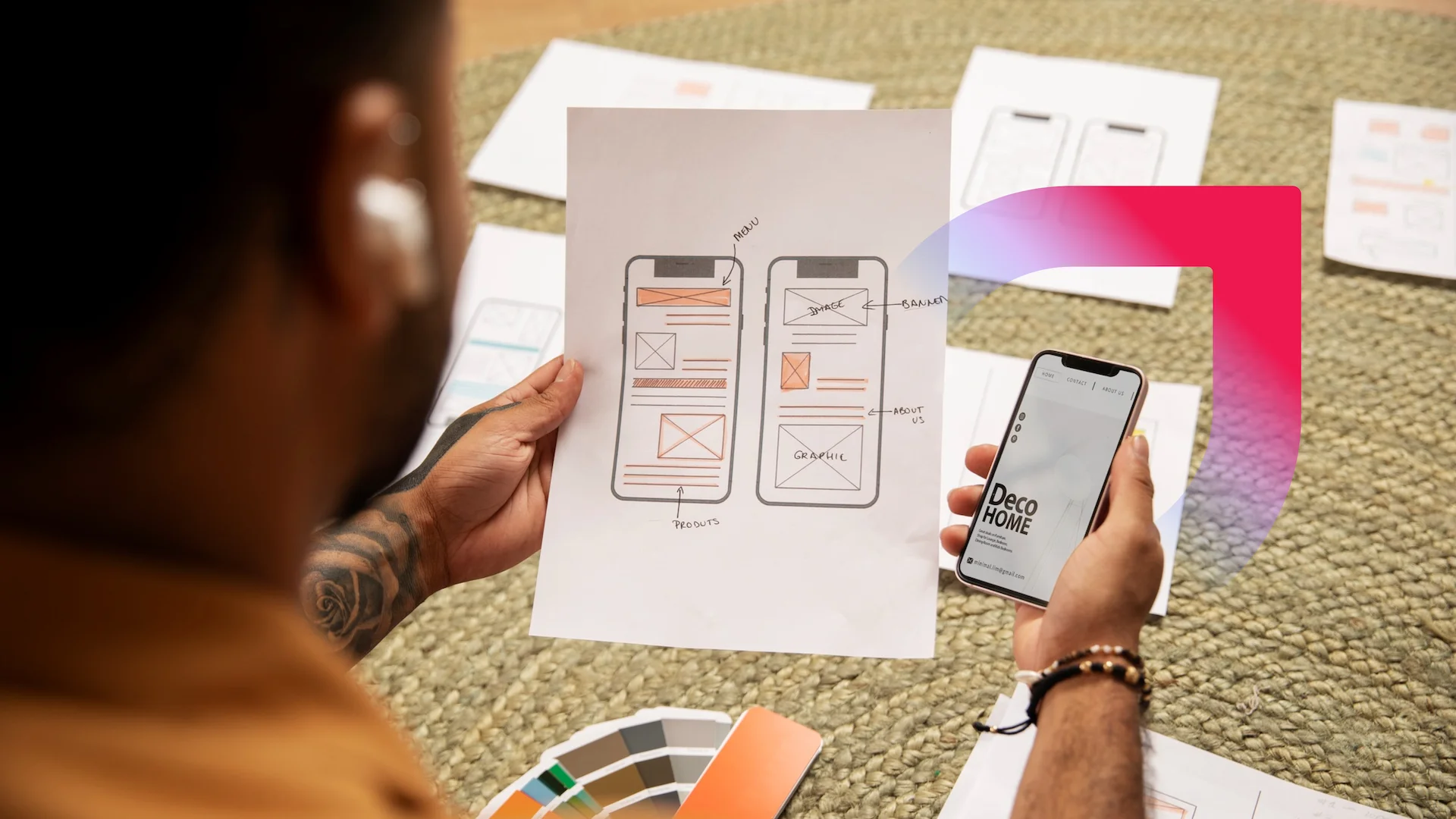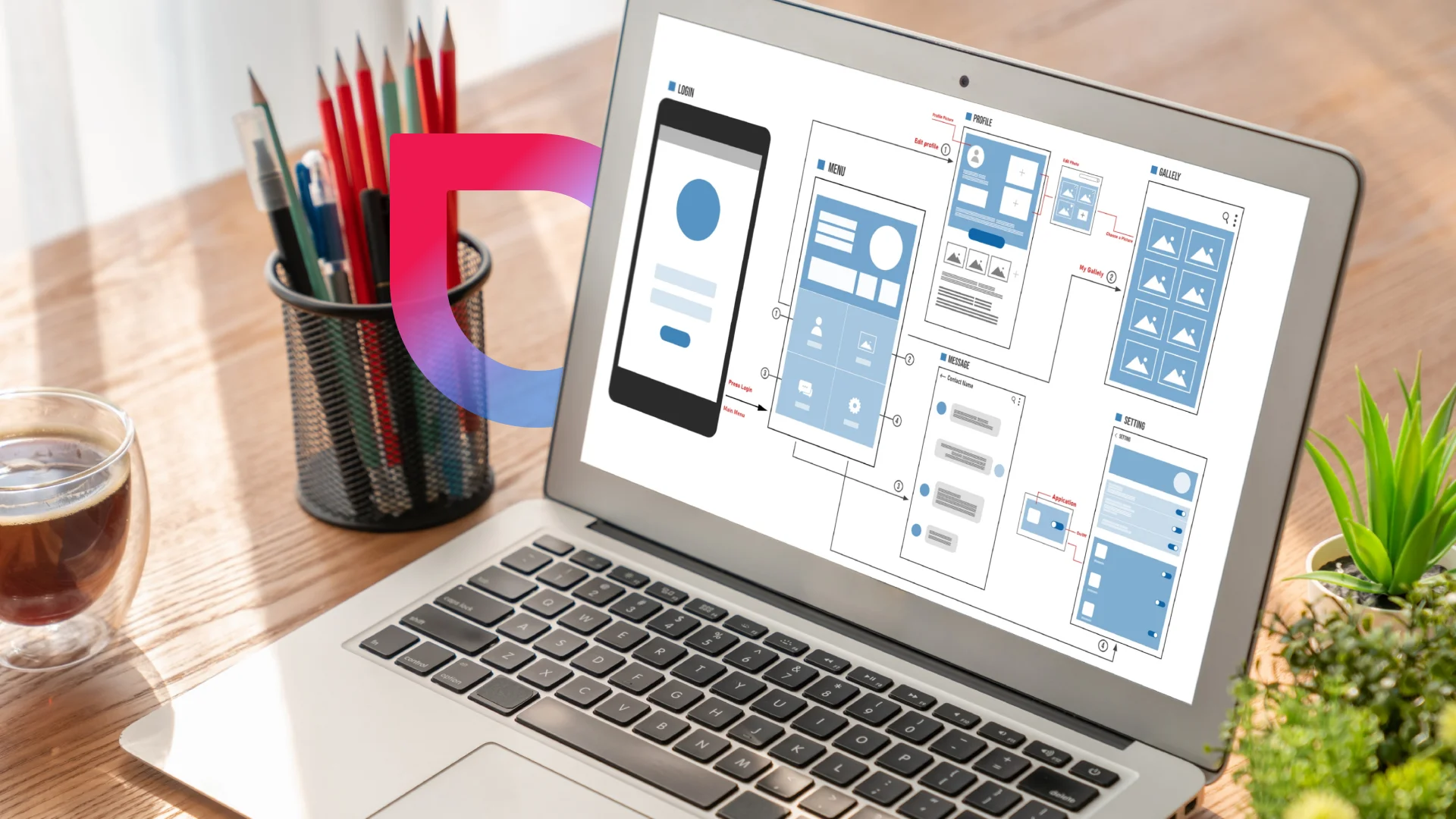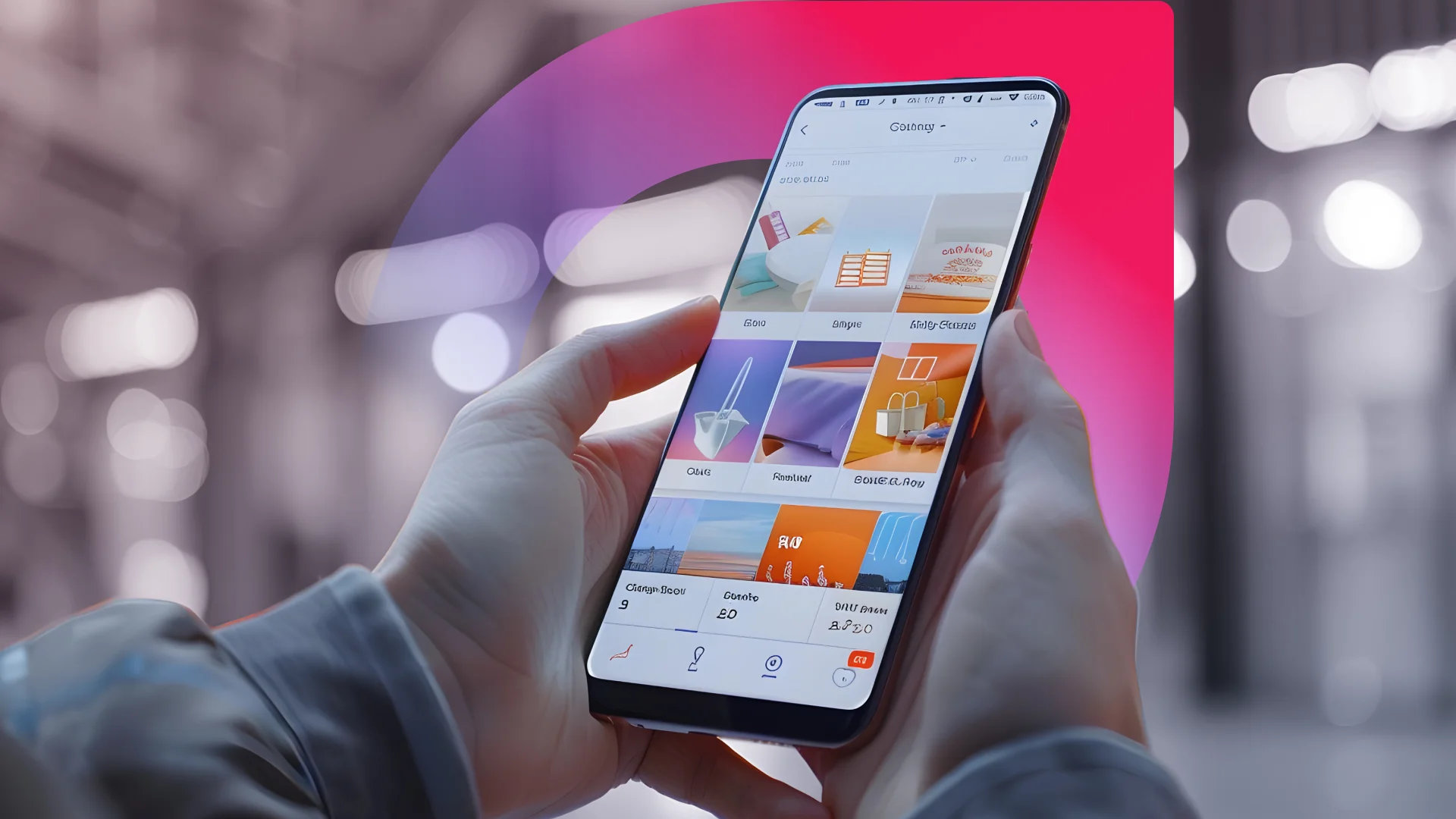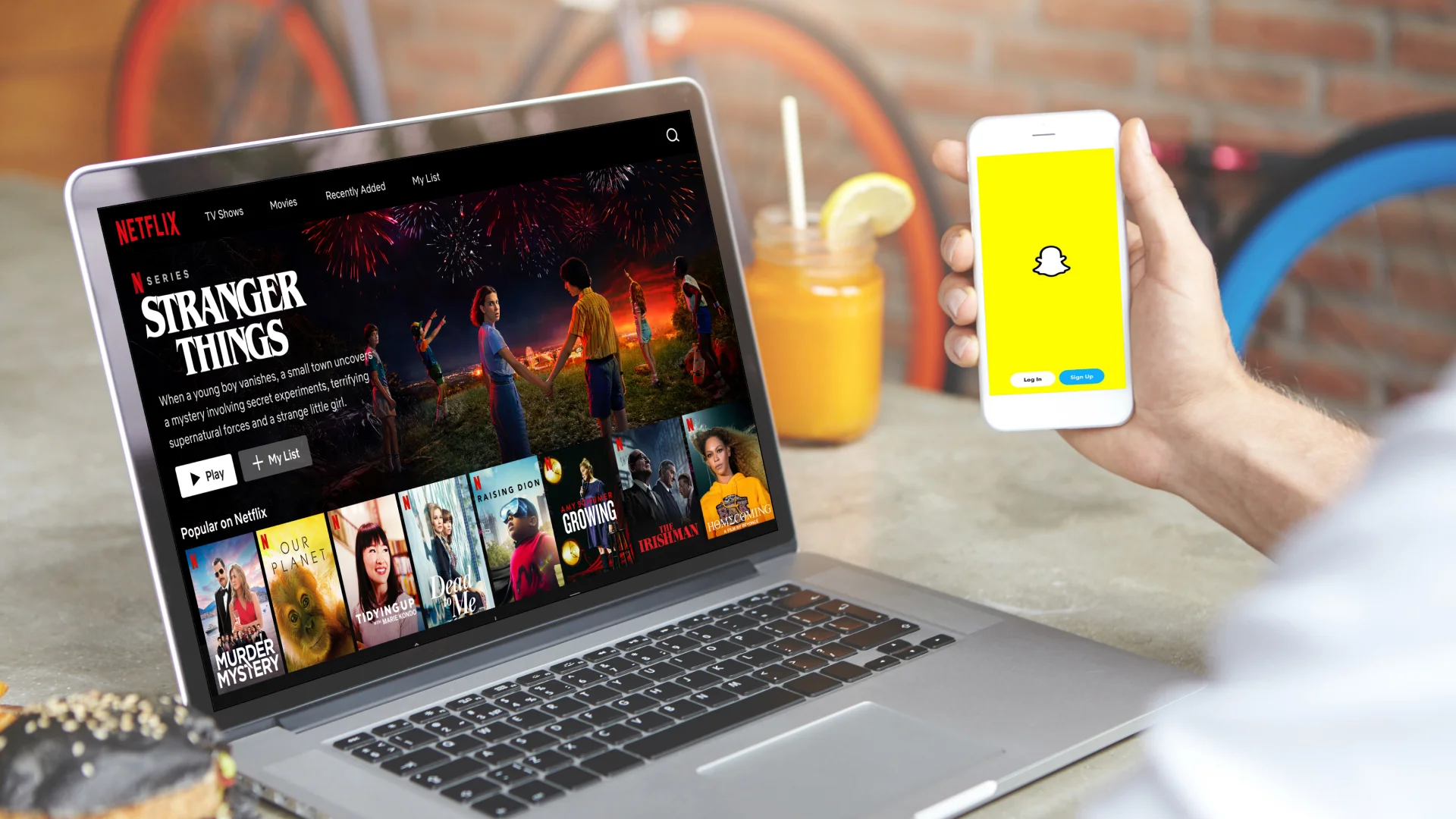Benefits of Mobile App Design: Why Should You Invest In It?
- UI/UX
- March 14, 2024
The UI/UX design of your mobile app can make or break your business. A well-designed app attracts users, enhances their experience, and boosts your brand’s reputation. Conversely, poor design can tarnish your image. This blog delves into the crucial benefits of mobile app design, from increasing user engagement to driving revenue growth. Discover how strategic app design can transform your business success.
Did you know that nearly 60% of music lovers prefer streaming music on Spotify? Adding to that, 90% of users choose this platform for both pleasure and activities like driving or working, according to UX Magazine. If users can use Spotify while driving and working, that shows the utmost usability and accessibility of the app from the design end.
It’s not just Spotify; other popular brands like Disney+, Amazon Shopping, Netflix, and Snapchat are continuously revolutionizing UX standards and experimenting with their app UI/UX designs to gain significant business benefits.
So, what are these benefits? Curious to know how focusing on mobile app design can help you build your brand like these giants?
This blog covers all the essential benefits of prioritizing mobile app design that you should consider before starting your app project. But let’s first…
Understand the Basics of Mobile App Design
The mobile app design process refers to the process of designing an interface and interaction points for an app that focuses on not only visual appealingness (with typography, branding colors, etc.) but also better usability, interactions, and functionalities.
User Interface (UI) Design and User Experience (UX) design, are two important components of an app design.
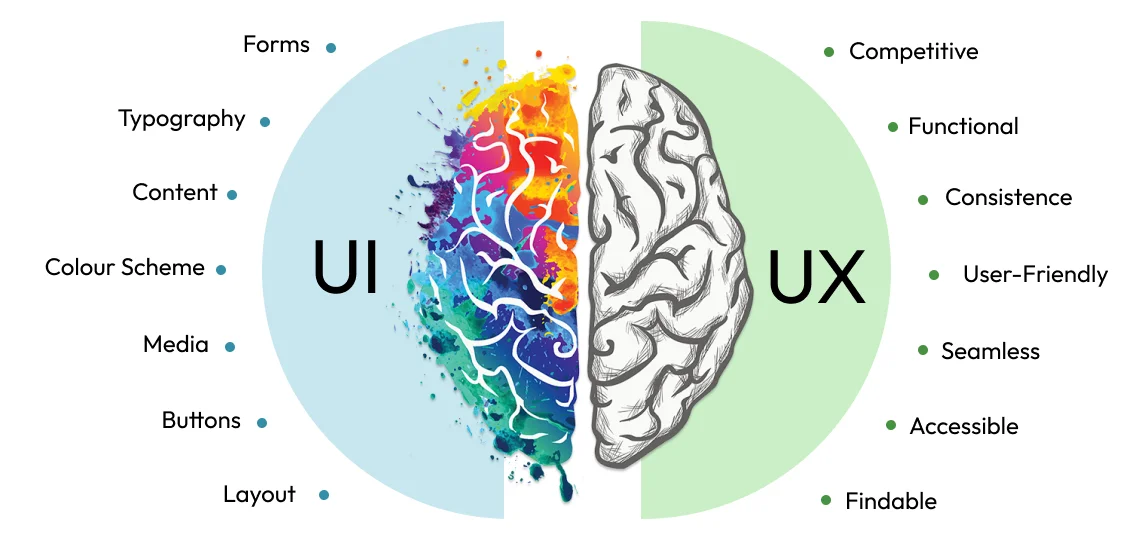
Many times, many people misunderstand UI and UX design concepts as the same, but they are different:
- UI design focuses on the visual design, interactive elements, layout, and structure part of the app user interface that showcases how it will look like.
- UX design, on the other hand, focuses on information architecture, interaction design, accessibility, and more alluring pointers that offer users a seamless, efficient, and enjoyable app interaction experience.
While UI and UX design are distinct disciplines, they are closely related and often overlap. A well-designed UI enhances the UX by making the app more visually appealing and easier to navigate, while a good UX ensures that the UI is intuitive and functional.
8 Benefits of Investing in Mobile App UI/UX Design
A good mobile app design is equally proportional to good business that we all know. But how that makes that possible is left to understand – the benefit of focusing on a mobile app UI/UX design that puts your business into the limelight. So, let’s know the importance of investing in a mobile app design:
1. A Good App Design Attracts Users
They say, “Very often design is the most immediate way of defining what products become in people’s minds.” That defines the attractiveness of your mobile app.
Be it an app for on-demand video streaming like Netflix and Amazon or a mobile banking app, having an attractive UI is important. When we say a good UI, we mean by parameters like consistency, color themes, cool graphics, well-structured, etc., that grab the attention of users.
First impressions matter, and if users find an app visually attractive and easy to navigate, they are more likely to use it regularly.
Check our star mobile app UI design idea – Stockup – a trading app that eases up the investment journey of passionate stock market investors.
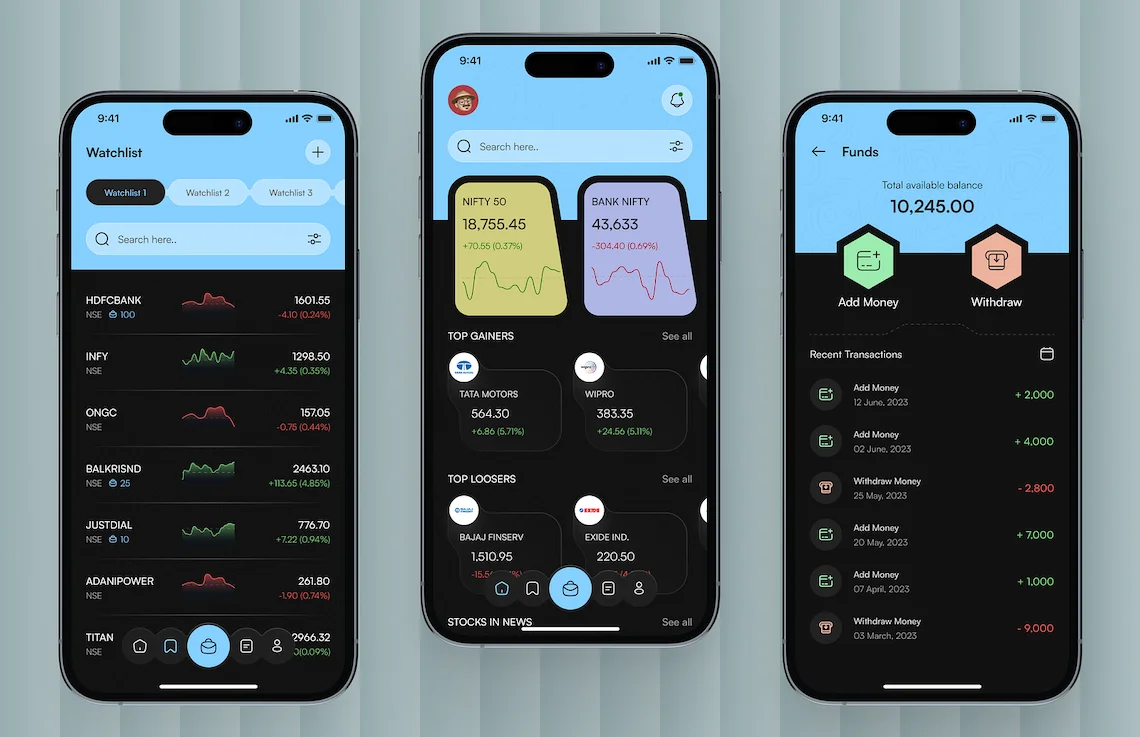
2. An Attractive UI Means More App Downloads and Customers
We all say the first impression is the last one. An attractive UI with intuitive navigation and visually appealing elements, can capture the attention of your target audience.
Users’ acquaintance of your mobile app from their first glance at it, forms their perspective of your brand. It could be positive or negative, depending on the UI/UX design of your mobile app.
If it goes into the positive side, there are chances for your app to get good app store reviews and influence more users (with word-of-mouth marketing) to download and try your app for their objectives.
3. A Responsive App Design Enhances User Experience
An app that performs well across different devices and screen sizes, demonstrates a commitment to quality and user satisfaction. Responsive design ensures that users have a consistent and enjoyable experience, whether they are using a smartphone, tablet, or other devices.
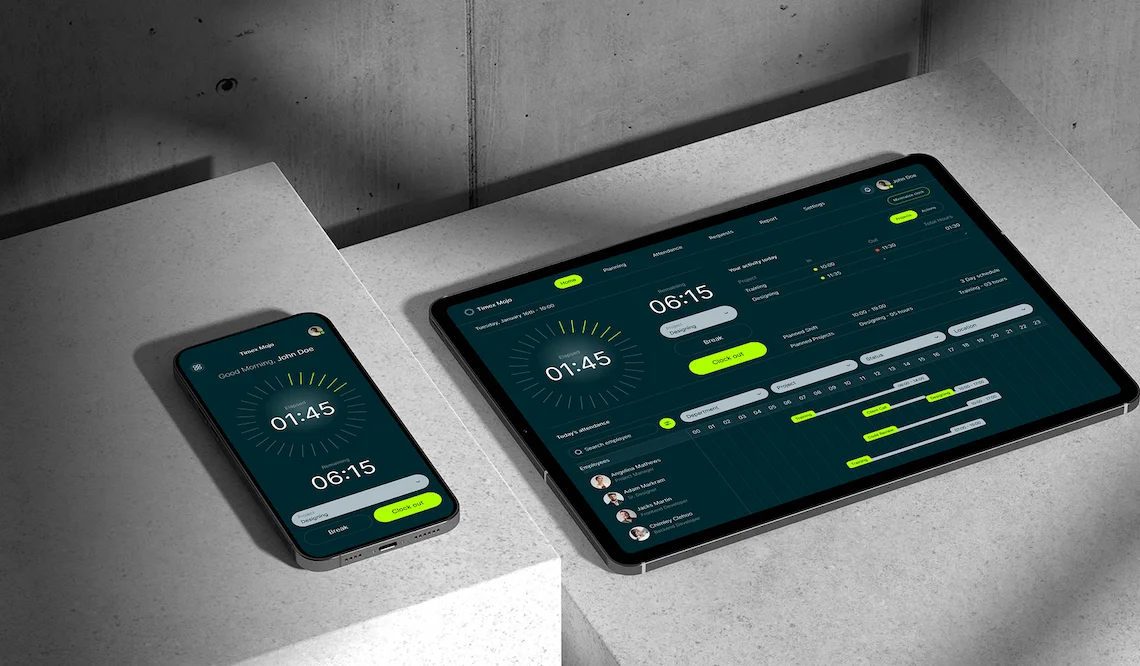
This reliability can enhance your brand’s reputation, showing that you prioritize user experience and stay updated with technological advancements.
4. An Effective Design Drives Higher Conversion Rates
High-quality visuals, engaging content, and interactive elements in an app UI design capture users’ attention and keep them interested. This makes the app visually appealing and intuitive, creating a positive first impression. This initial engagement is crucial for driving conversions.
A well-structured app layout with clear call-to-action (CTAs) ushers users towards desired actions, such as signing up, making a purchase, or subscribing.
This is important, especially when around 90% of consumers claim brand loyalty as a crucial factor for the decision behind the purchase. Further, it adds that consistent branding and a good mobile app design can result in a revenue increase of 23%.
Moreover, an effective mobile app design not only attracts users but also guides and encourages them to complete desired actions, resulting in increased brand revenue.
5. An Intuitive UI Boosts App Usability and Accessibility
Which mobile app would you like to use more for a specific service?
Option 1: A one that gives intuitions more like by navigating to where you’ll find what you’re looking for.
Option 2: The one that requires you to first learn how to use the app before starting to use it.
Definitely, option 1 should be your choice, and the majority goes with that only. That also means the loyalty of users towards it because of its intuitiveness and usefulness.
Martin LeBlanc, CEO and founder of IconFinder says, “A user interface is like a joke. If you have to explain it, it’s not that good.”
In short, an intuitive UI minimizes frustration and improves; thus leading to enhanced overall user experience, leading to app user engagement.
Take Netflix, Amazon Shopping App, YouTube, etc., for example, each is a famous and well-known brand with their app usability and accessibility features.

6. A Strategic Mobile App Design Approach Saves Time & Money
A well-planned design approach helps to craft a mobile interface by gathering all the references and research information. This process minimizes designers’ brainstorming time and focuses more on their creating a compelling mobile app UI/UX design.
It also includes ongoing design review and feedback cycle, helping designers to improve the design during that and reducing the need for extensive revisions and rework. This streamlined process not only accelerates development timelines but also saves costs associated with design fixing in the post-production stage.
Moreover, a strategic approach ensures that the app design is scalable and adaptable to future updates and expansions, saving time and money on redesigns as your business grows.
In short, you can say that by investing in a strategic mobile app design, businesses can achieve a more efficient development process, reduce costs, and ultimately enhance their bottom line.
7. A Polished Design Enhances Brand Credibility and Trust
A polished and professional design immediately conveys reliability and competence, establishing a positive initial impression that builds trust.
The better it is designed, the positive impression it creates for your brand and user perception towards your products or services, adding to your overall brand credibility.
A polished app design also ensures consistent design elements, in terms of colors, fonts, and logos, across various platforms (website, app, social media) to reinforce brand identity and its recognizability.
8. An Exceptional Mobile App UI/UX design Can Offer Competitive Advantages
A unique and professional design sets your app apart from competitors. When users see that your app offers a superior design experience, they are more likely to view your brand as a leader in your industry, enhancing credibility.
You can also tell this difference by your behavior with favorite brand-specific apps, which could be because of their exceptional mobile app UX and brand services.
How MindInventory Helps In Designing A Mobile App?
The ROI of mobile app UI/UX design is multifaceted, impacting user engagement, conversion rates, development costs, customer satisfaction, competitive advantage, brand perception, user retention, and more. By prioritizing design, businesses can create a compelling user experience that drives long-term success and maximizes return on investment.
To achieve that, MindInventory comes as one of the top-10 UI/UX design companies in India with a dedicated team of expert UI/UX designers crafting compelling app user experiences. Just like top brands like Airbnb, I.AM+, and many others, you can also find our UI/UX design services impactful.

FAQs About Mobile App Design
Design is crucial to an app because it directly impacts user experience and satisfaction. A well-designed app ensures intuitive navigation, aesthetically pleasing interfaces, and a seamless user journey. Good design enhances usability, making it easier for users to accomplish their goals, which can lead to higher engagement, retention, and ultimately, better business outcomes.
The purpose behind design is to create a user-centric experience that meets the needs and preferences of the target audience.
Designing a mobile app involves several key steps, including research and planning, wireframing and prototyping, UI/UX design, user testing, interaction, and handoff the design for development.
On average, app design costs can range from $5,000 to $150,000 or more, depending on design complexity, design requirements, and the experience of the design team.
You can expect the design phase to take anywhere from 4 to 12 weeks or more, depending on the app’s complexity, the thoroughness of the research and planning phases, and the iterative nature of the design process.
Failing to invest in structured mobile app design can lead to several negative consequences, like poor & inconsistent user experience, negative brand perception, increased development cost associated with the redesign, low user engagement and retention, reduced competitive advantages, and missed business opportunities.
